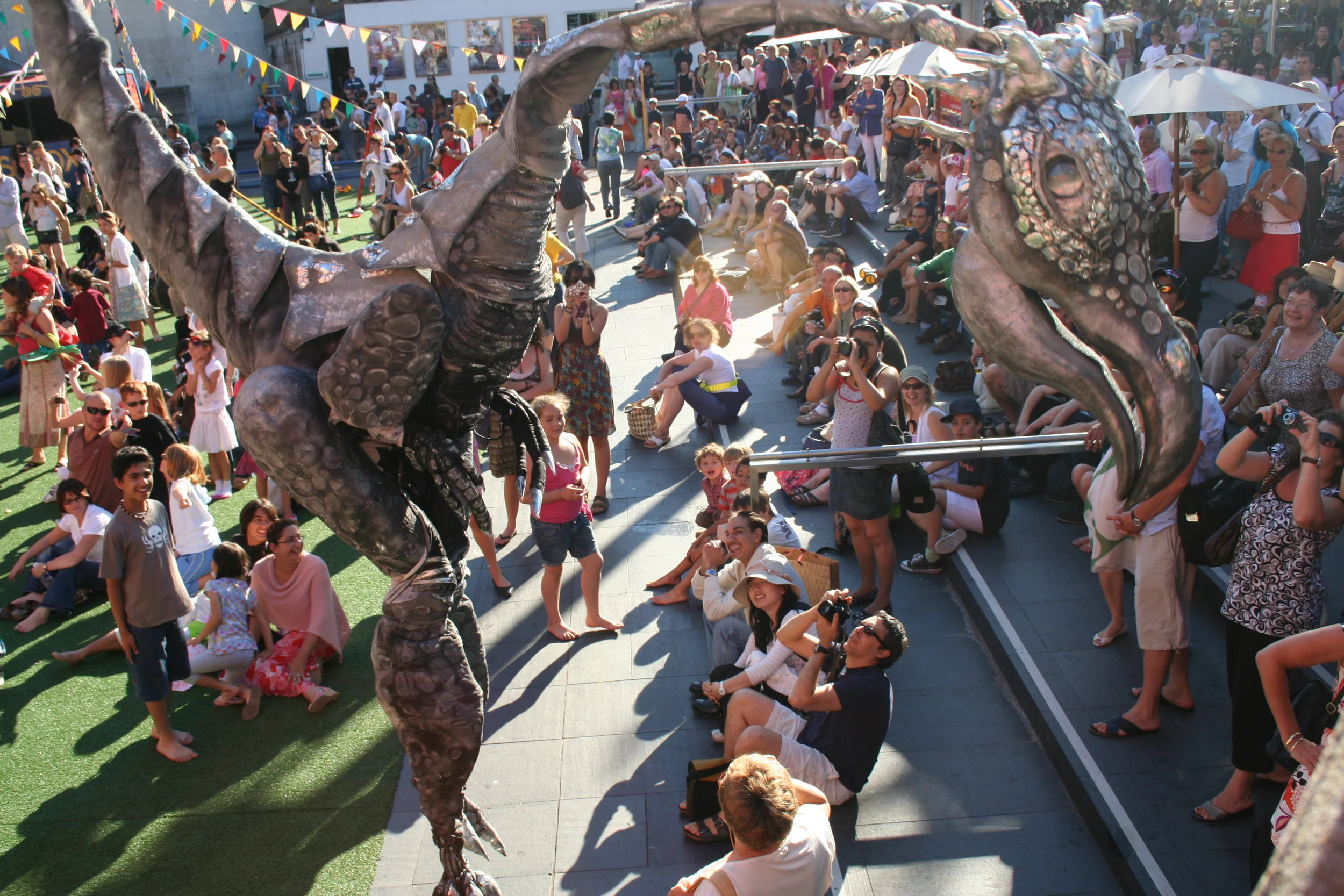The London Stone
/Around the height of your knees, inauspiciously tucked into the wall of the Bank of China on Cannon Street, is a small bay window with white painted iron curves decorating and protecting the London Stone.
About two feet high and with a dull groove upon its top it has occupied its spot since, some believe, the days of Romans. For many centuries it was claimed to be ‘the stone of Brutus’. Brutus of the dagger plunging fame, who brought it to the city as a deity to protect the city.
“So long as the stone of Brutus is safe,” ran one proverb. “So long shall London flourish.”
The name ‘London Stone’ then appears in a book belonging to Ethlestone, and early tenth century king of the West Saxons in which certain lands and rents owned and owed were described as; ‘to lie near unto the London stone’.
It remained in the same spot all these centuries, this single block of oolite a perishable rock which could not have survived intact all this time without a charmed life.
In 1742 it was moved from its seat in the middle of Cannon Street, a spot which the ‘Victorian County History’ believed marked the exact centre of the old city, and built into the fabric of St Swithin’s Church. There it remained until the church’s destruction at the hands of a Nazi bomb in 1941. The stone remained intact.
There have been lengthy debates surrounding its religious, political and historical importance. William Blake believed it marked the site of druid executions and sacrifices. Some believe it was a token of civil assembly connected with law making or the repayments of debts.
Others have claimed it to be nothing more than a roman milestone though many, including Christopher Wren, have argued against this theory claiming it to be too large for such a purpose.
When the rebel Jack Cade stormed the city in 1450 he and his followers made their way to the stone where upon he touched it with his sword and proclaimed himself, ‘lord of the city’. Even the first official mayor of London in the late twelfth century was Henry Fitz-Ailwin de Londonestone.
Now behind soot blackened glass and wrought iron armoured with a dozen decades of paint it sits. Silent and disregarded by the knees and feet, ankles and shoes that pass it every day. As it broods protectively in its timeless silence and benevolence.
Copyright 2006
